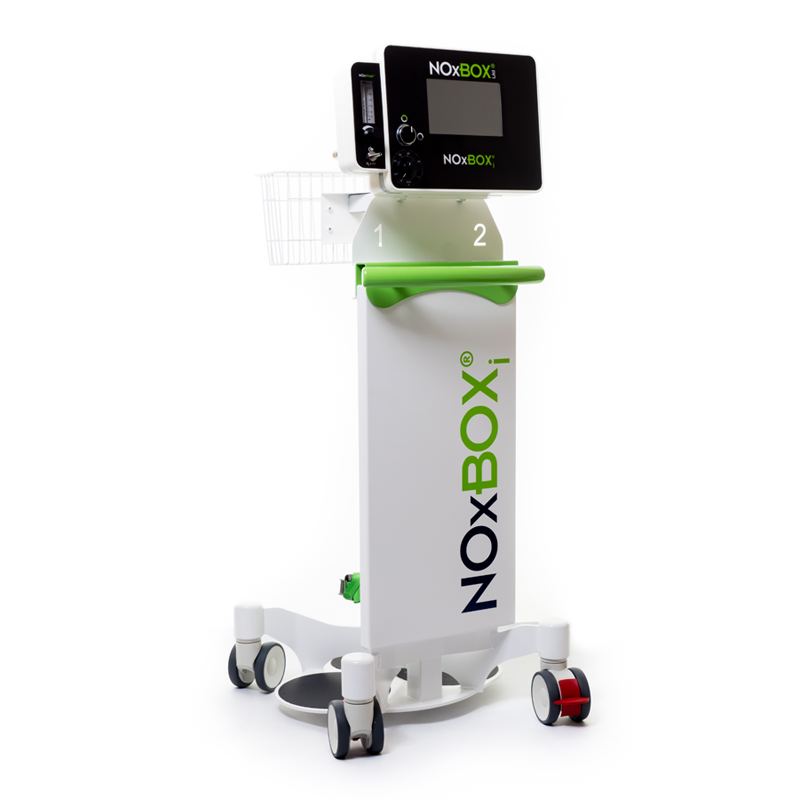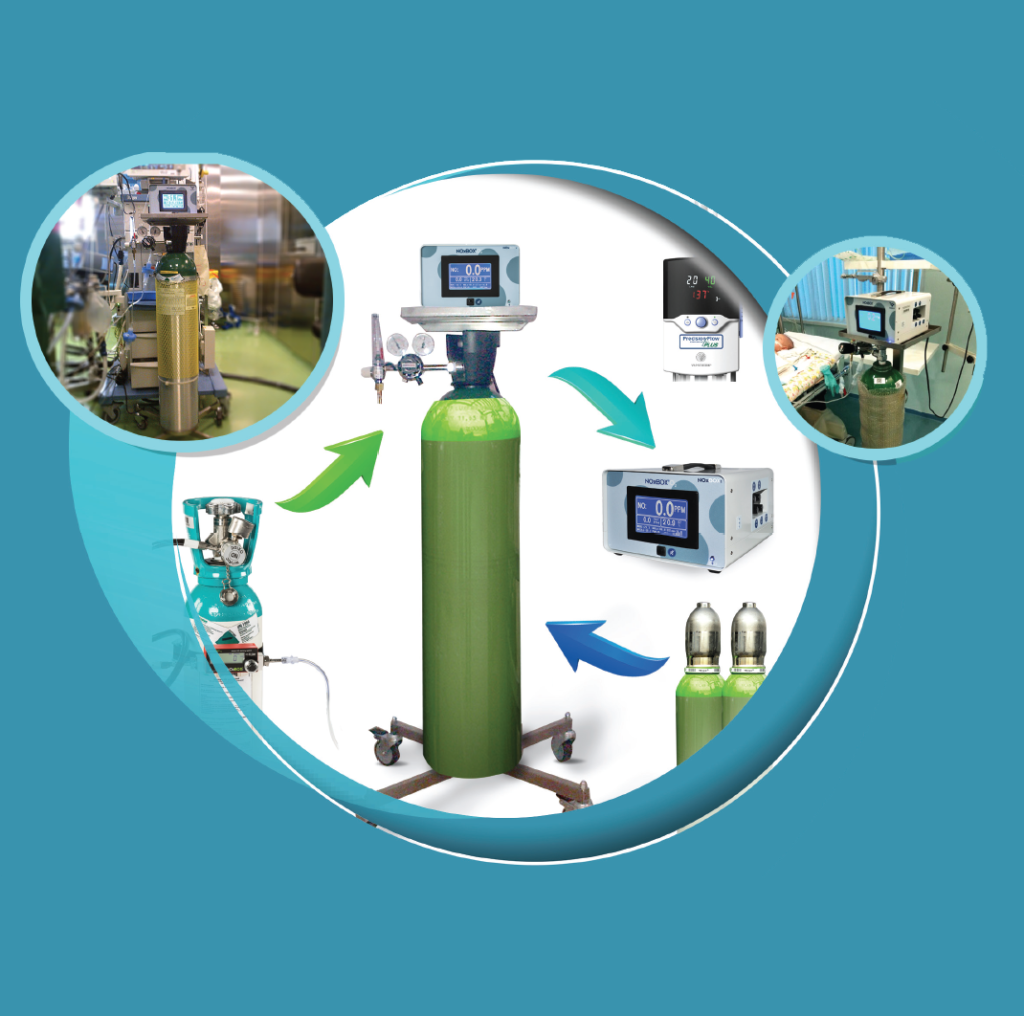Description
Hemodynamic disorders are quite frequent in intensive care units where patients are treated because of their unstable condition. Failure or dysfunction of any organ system, in one way or another, may disturb a normal operation of the heart and blood vessels. These disorders are especially frequent in intensive care units of a cardiological profile and when performing cardiovascular surgeries. When measuring and recording most physiological parameters, sudden changes in blood circulation can be timely detected and rapid correction measures can be taken. Appropriate monitoring of hemodynamics may reduce the risk of most complications of the cardiovascular system because the data of hemodynamic disorders are received immediately. Their correct interpretation helps in early start of therapeutic intervention and assessment of its efficiency. All this helps to prevent further progression of cardiovascular dysfunction. When selecting monitoring methods of intervention it is important to assess the benefit of received information comparing it with the risk of possible complications.
Pulmonary arterial hypertension is diagnosed when mean pulmonary arterial pressure at rest is higher than 25 mm Hg (normal pressure is less than 20 mm Hg).
Pulmonary vascular constriction increases pressure in the pulmonary circulation and cardiac load, when the heart tries to pump the required blood volume through constricted pulmonary vessels. Pulmonary blood vessels become narrower and tougher. The condition when the arteries (blood vessels going out of the right heart ventricle) are damaged, is called hyperplasia of pulmonary artery.
When the disease progresses, the muscle of the right heart ventricle thickens until the heart finally is not able to pump the required blood volume through the lungs. Then, oxygen supply to the heart and the whole body worsens. If the disease is not treated, cardiac failure develops.










